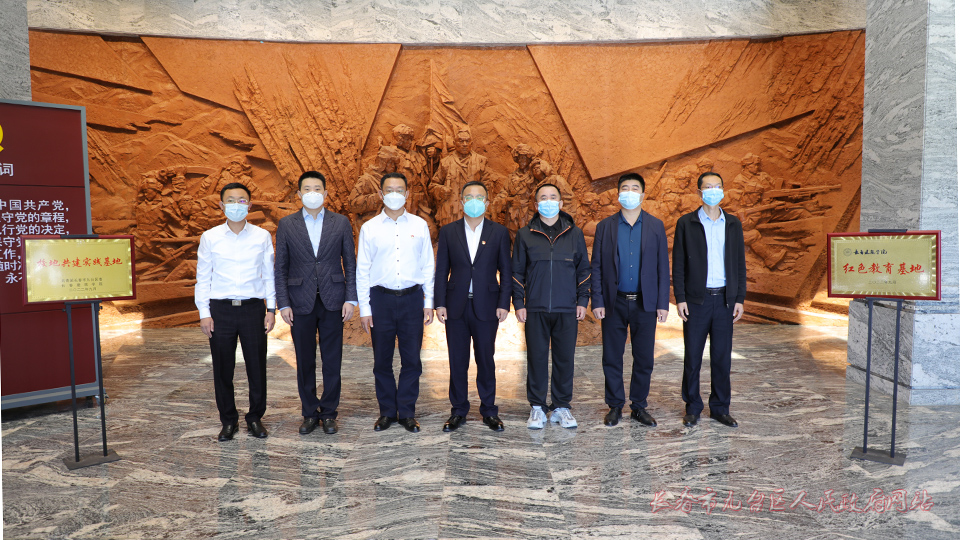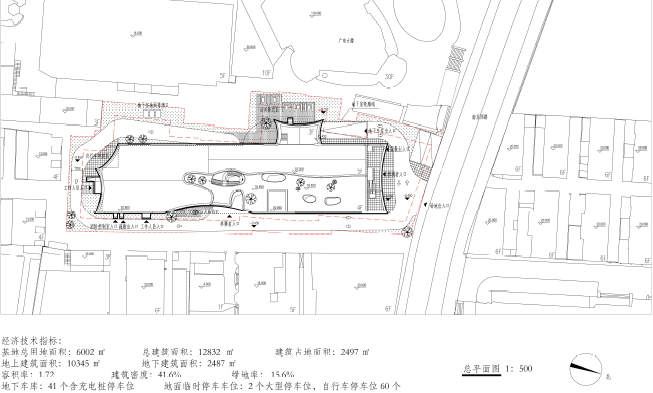3 seismic joint in order to prevent the house from being damaged by the earthquake, the seismic joint shall be used to divide the house into several independent parts with simple shape and uniform structural stiffness, which is a preset gap to reduce or prevent the collision of adjacent structural units caused by earthquake· Where joints are required, in areas with seismic fortification intensity of 7-9, seismic joints shall be set in case of one of the following situations: ① the elevation difference of adjacent houses is greater than 6m; ② The house has staggered floors and the floor height difference is large; ③ The stiffness and quality of the adjacent structures of the house are quite different· The width of seismic joint is generally 50-100mm, but for multi-storey and high-rise reinforced concrete buildings, the minimum joint width shall meet the following requirements: ① when the height does not exceed 15m, the joint width is 70mm; ② When the height exceeds 15m, the joint width shall be increased according to different fortification intensity: in the area of 6 degrees, the joint width shall be increased by 20mm for every 5m increase of the building; In the area of 7 degrees, the joint width increases by 20mm for every 4m increase in the building; In the area of 8 degrees, the joint width increases by 20mm for every 3M increase in the building; In the area of 9 degrees, the joint width increases by 20mm every 2m.
The external wall deformation joints are usually filled with elastic waterproofing materials such as asphalt, foam plastic strip and ointment.
Generally, metal plate, wood plate or rubber plastic plate shall be used to cover the joint.
Double walls or columns shall be arranged on both sides of the joint to strengthen the overall stiffness of the houses on both sides of the seismic joint.
See the maximum spacing of expansion joints of various masonry structures and reinforced concrete structures in the code for design of concrete structures for details· The width of the structural expansion joint is generally 20-40mm, usually 30mm· Other requirements: in terms of structural treatment, single wall scheme or double wall scheme can be adopted for brick concrete structure; The frame structure can adopt the double column and double beam scheme or the cantilever beam scheme.
③ Roof expansion joint structure: the roof expansion joint mainly includes two positions: the same roof elevation on both sides of the expansion joint and the staggered roof height on both sides.
The deformation direction shall be fully considered in the roof cover joint treatment to minimize the impact caused by uneven settlement.
2 settlement joint is a deformation joint set to prevent uneven settlement and damage of buildings caused by different foundation bearing capacity or large load difference of various parts of buildings· Where joints are required ① when buildings are built on different foundations and it is difficult to ensure uniform settlement; ② When the foundation form, width and embedded depth of adjacent parts of the same building are quite different, it is easy to form uneven settlement; ③ When the height difference between adjacent parts of the same building is large (generally more than 10m), the load difference is wide, or the structural form changes greatly, which is easy to lead to uneven settlement; ④ When the plane shape is complex and the connecting parts of each part are weak; ⑤ Between the original building and the newly-built or expanded building· Setting principle when setting settlement joints, the foundation, wall, floor, roof and other parts of the building must be disconnected in the vertical direction, so that each part can form an independent stiffness unit capable of free settlement· The structural settlement joint of the joint can also be used as expansion joint.
The seams are covered with galvanized iron sheets and colored steel sheets.
On the top of the low wall, the traditional practice is to cover the joint with galvanized iron sheet.
The ceiling expansion joint shall be carried out in combination with indoor decoration.
① Structural treatment of foundation settlement joint: the foundation of settlement joint shall also be disconnected.
Fixing Socket Cross Hole Nail Plate
This kind of reserved joint that vertically separates buildings is called deformation joint, including expansion joint (temperature joint), settlement joint and anti earthquake joint· Indoor deformation joint indoor ground deformation joint indoor ground and cylindrical deformation joint treatment deformation joint mosaic treatment · outdoor deformation joint outdoor deformation joint deformation joint fine workmanship, proper installation and straightness · roof deformation joint roof deformation joint 1 expansion joint when the building is long, the deformation joint is set to avoid cracks in structural components due to large thermal expansion and cold contraction of the building· Where joints are required ① the length of the building exceeds a certain limit; ② The building plane is complex and changes a lot; ③ The structural types of buildings vary greatly· Setting principle when setting expansion joints, they are usually reserved in the vertical direction at intervals of a certain distance along the length of the building or at places with large structural changes, so as to disconnect all building components above the foundation and divide them into independent parts that can expand freely in the horizontal direction.
Here are some official account numbers that are indispensable in the project.
Strive for further improvement in the project through these official account numbers.
The strip foundation under the brick concrete structure wall usually has three treatment forms: double wall eccentric foundation, cantilever beam foundation and column cross arrangement.
Engineering people need to keep forging ahead, learning and pursuing advanced studies.
Generally, the foundation can not be separated, but when the plane is complex, the foundation should also be separated.
The foundation part is less affected by temperature change and generally does not need to be disconnected· The maximum spacing of expansion joints shall be determined according to the structures of different materials.
① Wall expansion joint structure: wall expansion joints are generally made into flat joints.
The structure of seismic joint in wall body, floor and roof is basically the same as that of settlement joint.
The width of settlement joint is related to foundation conditions and building height.
When the roof elevation on both sides of the expansion joint is the same and it is an accessible roof, it is usually caulked with waterproof ointment for flashing treatment; If it is a non accessible roof, half brick low walls shall be built on both sides of the joint for roof waterproof and flashing treatment respectively.
2.
The structural treatment shall meet the use requirements of flat, smooth, waterproof and sanitary ground.
When the wall thickness is more than 240mm, they can also be made into staggered joints, tongue and groove joints, etc.
② Wall, floor and roof settlement joint structure: Wall settlement joints are usually covered with galvanized iron sheet, aluminum alloy plate and color steel sheet; The capping treatment of ground, floor and roof settlement joints is basically the same as that of expansion joints.
In addition, it should be noted that the shockproof joint should not be made into staggered joint, groove and other forms, so as to lose the function of shockproof joint.
From | construction engineering the “three joints” often used in Luban Alliance Construction Engineering refer to: ① expansion joint (temperature joint), ② settlement joint and ③ earthquake proof joint, also collectively referred to as deformation joint.
Therefore, the house should be divided into several independent parts in advance during the design, so that each part can change freely and independently.
The deformation joint of the interior wall is generally treated in combination with the covering joint of wood boards and various metal plates for indoor decoration.
Seismic joints shall be set along the full height of the building.
Floor and floor expansion structure: the joints of floor and floor expansion joints are usually sealed with asphalt, foam plastic strip, ointment and so on.
Its structural treatment includes brick concrete structure and frame structure.
The requirements are the same as those of roof waterproof and flashing structure.
In recent years, it is gradually popular to cover the joint with colored steel sheet, aluminum sheet and even stainless steel sheet.
The upper cover is metal, concrete or rubber plastic.
The deformation joint is easy to deform or destroy the building due to the influence of temperature change, uneven foundation drop and earthquake factors.
The joint cover plate can only be fixed on one side to ensure that the components on both sides of the joint can expand and deform freely in the horizontal direction.
Click on the official account of WeChat public..



